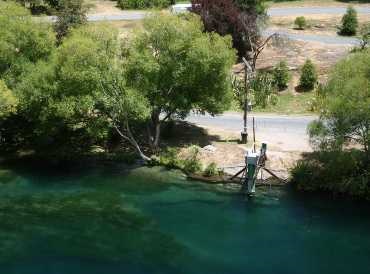UKCEH has extensive experience in the management of hydrometric data in over 50 countries around the world.
Our expertise encompasses:
- Establishing and operating national and international hydrometric data centres
- Data processing, manipulation and visualisation
- Developing quality control and quality assurance procedures
- Data dissemination, including via web services
- Developing open data applications
- Hydrometric data rescue
- Advice and technical support for a range of hydrometeorological data systems
- Drafting data exchange policy.
UKCEH offers the above expertise in relation to monitoring of precipitation, soil moisture, river flows, surface water storage, groundwater, water quality and sediment loads, and freshwater ecology, for example.

 The UK Centre for Ecology & Hydrology worked with the Sava River Basin Commission as part of a WMO and United Nations Office for Disaster Risk Reduction project, providing technical expertise to improve hydrological data sharing.
The UK Centre for Ecology & Hydrology worked with the Sava River Basin Commission as part of a WMO and United Nations Office for Disaster Risk Reduction project, providing technical expertise to improve hydrological data sharing.